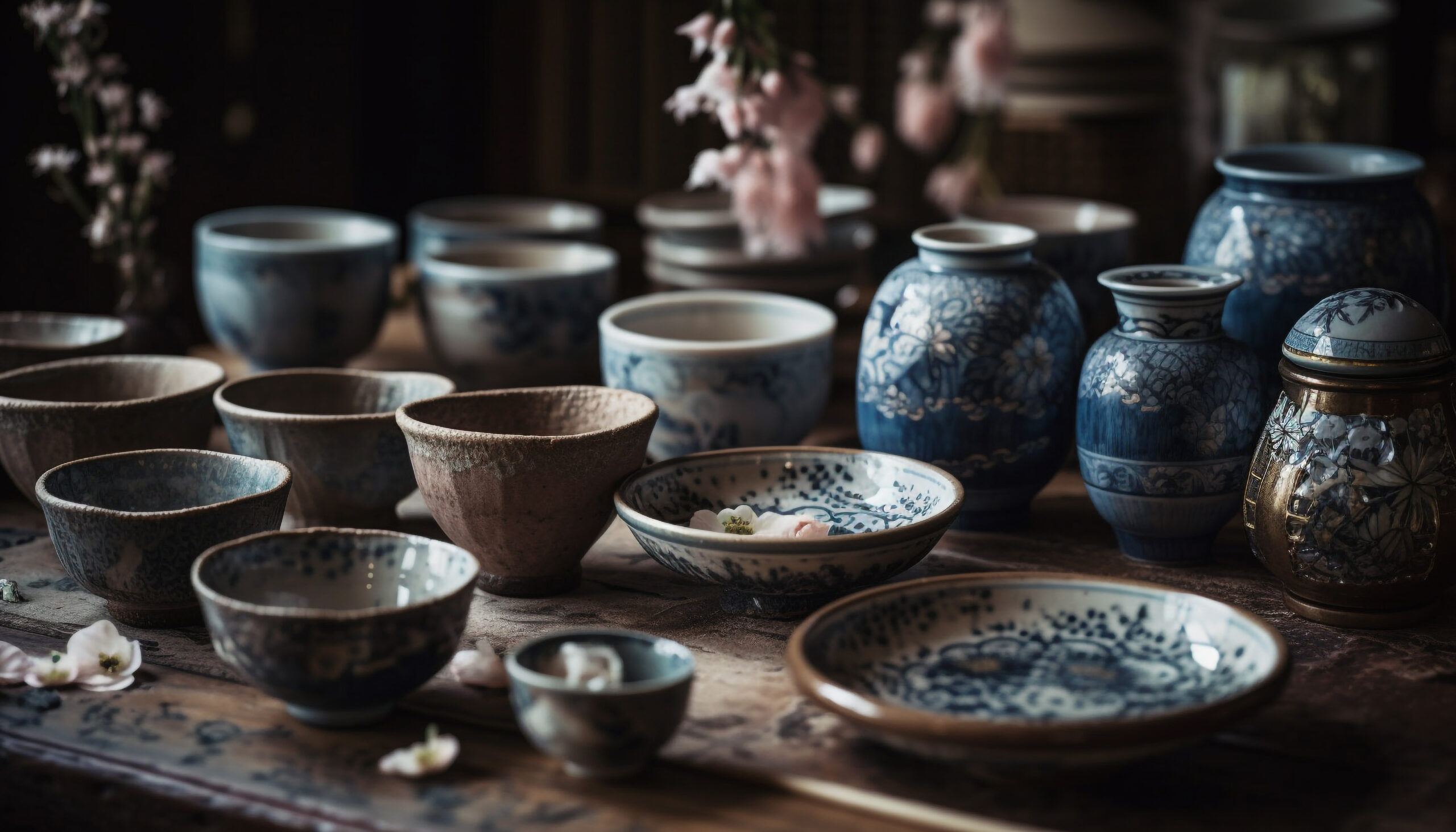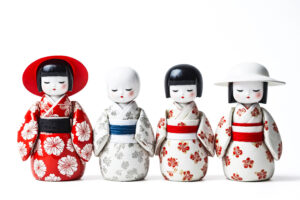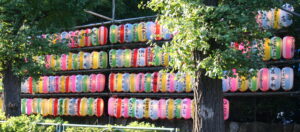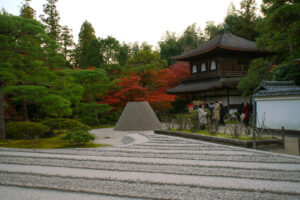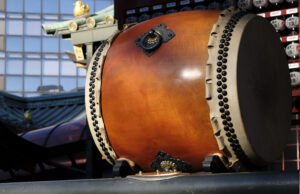In the heart of Japan, where ancient traditions meld with breathtaking landscapes, lies a craft so profound that it transcends mere artistry—Japanese pottery. This venerable form of art, deeply rooted in centuries of history, embodies the spirit of Japan’s cultural heritage. From the earthy clutches of clay to the fiery embrace of the kiln, every step in the creation of Japanese pottery is a testament to the dedication and skill of its artisans. As we embark on this journey through the world of Japanese ceramics, we unravel the layers that compose its beauty, explore the innovation within its tradition, and discover the global footprint of a craft that continues to inspire and evolve.
Unearthing Beauty: The Roots of Japanese Pottery
The genesis of Japanese pottery is as old as Japan’s own history, with the earliest pieces dating back to the Jomon period, around 14,000 BCE. These ancient artifacts, characterized by intricate patterns and a rudimentary yet captivating form, mark the dawn of pottery in Japan. The craft was not merely about creating vessels for practical use; it was an expression of the community’s connection to the earth and its cycles. As centuries passed, different regions developed their distinctive styles, influenced by the natural resources available and the local culture. The introduction of the potter’s wheel in the Yayoi period further revolutionized pottery, leading to more sophisticated designs and techniques.
From Clay to Art: The Transformation Begins
The journey from raw clay to finished pottery is a meticulous process, embodying the essence of Japanese craftsmanship. Artisans begin by selecting the right type of clay, each variety lending its unique texture and color to the final piece. This clay is then purified, kneaded, and shaped, either by hand or on a potter’s wheel, into the desired form. The technique of hand-building, including coiling and pinching, allows for a more intimate connection between the potter and the clay, while wheel-throwing offers precision and uniformity. After shaping, the pieces are left to dry, a step as crucial as it is delicate, ensuring the pottery does not crack or warp before it even reaches the kiln.
The Kiln’s Whisper: Firing Techniques Unveiled
Firing is the transformative phase where earth becomes art, and the variety of kiln types and firing techniques in Japan is vast. The traditional Anagama kiln, a tunnel-like structure built into a hillside, offers a unique interaction between the pottery, the ash, and the flame, creating natural glazes and textures that are impossible to replicate. Similarly, the Noborigama, or climbing kiln, consists of multiple chambers where different temperatures can be achieved, allowing for a diverse range of effects on the pottery. The mastery over fire, understanding its capricious nature, and harnessing its potential to beautify the pottery is what sets Japanese ceramics apart.
Glazed Perfection: Exploring Japanese Pottery Styles
Japanese pottery is celebrated for its diverse styles, each with its own history, technique, and aesthetic. The rustic charm of Bizenware, the elegant simplicity of Kyo-Kiyomizu ware, and the bold, earthy presence of Shigaraki ware are just a few examples of the myriad styles that have emerged from Japan’s rich pottery tradition. Glazes, ranging from the subtle to the vibrant, play a crucial role in the final appearance of the pottery. Techniques such as Raku firing, where pieces are removed from the kiln while hot and placed into combustible materials, result in lustrous, crackled glazes that make each piece a unique work of art.
The Masters’ Touch: Icons of Japanese Ceramics
The legacy of Japanese pottery is also the legacy of its masters—artisans who have honed their craft to the pinnacle of perfection. Legends like Shoji Hamada, who was designated a Living National Treasure, have left an indelible mark on the world of ceramics. These masters have not only perfected traditional techniques but have also introduced innovations, blending past and present to create something entirely new. Their work transcends the boundaries of craft, becoming a profound expression of culture, philosophy, and personal vision.
Tradition Meets Innovation in Modern Pottery
In the contemporary landscape, Japanese pottery continues to thrive, marrying tradition with innovation. Artisans are experimenting with new materials, techniques, and forms, pushing the boundaries of what pottery can be. Yet, even in this pursuit of innovation, the reverence for tradition remains. Modern potters still draw inspiration from the ancient aesthetics and principles, ensuring that the soul of Japanese pottery—its connection to nature, its celebration of imperfection, and its embodiment of Wabi-Sabi—remains intact even as it evolves.
The Aesthetic of Wabi-Sabi: Imperfection’s Charm
Wabi-Sabi, the quintessential Japanese aesthetic that finds beauty in imperfection and transience, is deeply ingrained in the practice of pottery. It is this philosophy that allows the natural qualities of the clay, the marks of the artisan’s hands, and the unpredictability of the firing process to be celebrated as elements of beauty. In embracing flaws and imperfections, Japanese pottery offers a profound commentary on the nature of existence itself, inviting us to find harmony and serenity in the impermanent and incomplete.
Crafting Communities: Pottery Villages of Japan
Across Japan, there are villages known for their pottery, where generations of artisans have dedicated themselves to the craft. Places like Mashiko, Seto, and Arita are not just production sites; they are living museums, repositories of history and tradition. These villages foster a sense of community and continuity, ensuring that the knowledge and skills of pottery are passed down and preserved. Here, pottery is not just an individual endeavor but a collective pursuit, deeply woven into the fabric of the community’s identity.
Earth and Art Intertwined: Environmental Impacts
The relationship between pottery and the environment is profound and complex. The very essence of pottery—clay—comes from the earth, and the processes of digging, firing, and glazing all interact with the environment in significant ways. Japanese pottery, with its deep respect for natural materials and processes, often reflects an awareness of this relationship. Artisans are increasingly seeking sustainable practices, from sourcing local, eco-friendly materials to employing energy-efficient kilns, in an effort to minimize their environmental footprint and ensure that the craft remains sustainable for generations to come.
The Global Journey: Japanese Pottery on the World Stage
Japanese pottery has long transcended its national boundaries, captivating audiences worldwide. From international exhibitions to collaborations with foreign artists, the craft has found a global audience eager to embrace its aesthetics and philosophy. This cross-cultural exchange has not only enriched the tradition of Japanese pottery but has also fostered a dialogue between different artistic traditions, encouraging innovation and mutual appreciation.
Preserving the Craft: Education and Apprenticeship
The preservation of Japanese pottery relies heavily on the transmission of knowledge and skills from one generation to the next. Traditional apprenticeship systems, where young artisans learn from established masters, remain a vital aspect of this process. In addition, schools and universities offer programs dedicated to ceramics, combining theoretical knowledge with practical experience. Through these educational pathways, the tradition of Japanese pottery is kept alive, evolving with each new generation of artists.
Beyond the Vessel: What Japanese Pottery Teaches Us
Japanese pottery, in its rich diversity and profound beauty, offers lessons that extend far beyond the confines of the craft. It teaches us about the value of patience, the importance of embracing imperfections, and the deep connection between humans and the natural world. In every vessel, plate, or cup, there is a story—a narrative of culture, tradition, and the human spirit. As we engage with Japanese pottery, we are invited to reflect on our own lives, finding beauty in the mundane and celebrating the artistry in the everyday.
The journey through the world of Japanese pottery is a journey through time, culture, and the human spirit. From the ancient roots of Jomon ceramics to the innovative creations of contemporary artists, this craft encapsulates the essence of Japan’s rich heritage. As we have seen, Japanese pottery is more than just vessels and ware; it is a living tradition that continues to evolve, reflecting the values of Wabi-Sabi, the importance of community, and the enduring connection between earth and art. As it stands on the world stage, Japanese pottery not only preserves the past but also carries forward a legacy of beauty, craftsmanship, and philosophical depth into the future.
